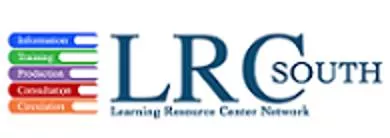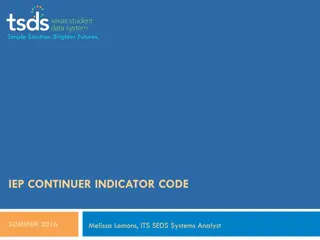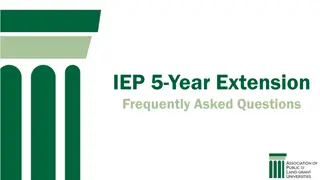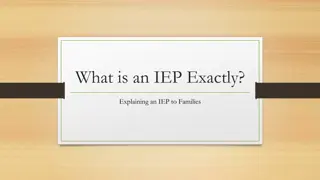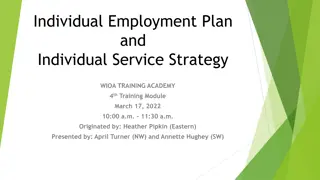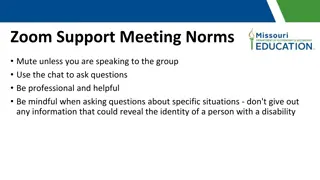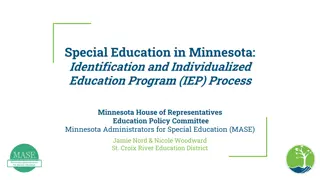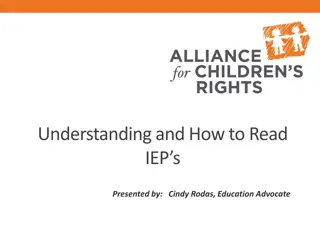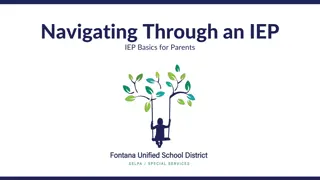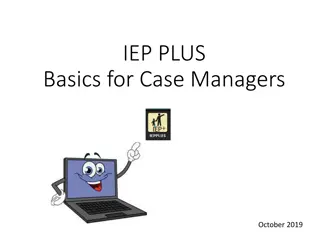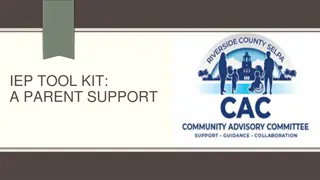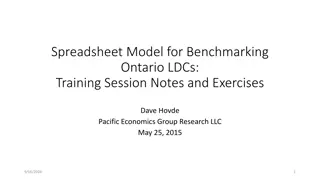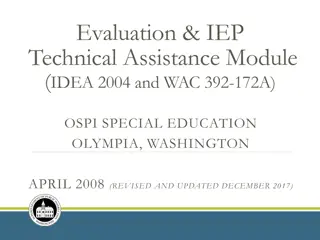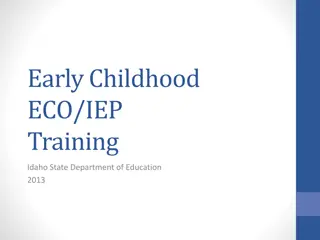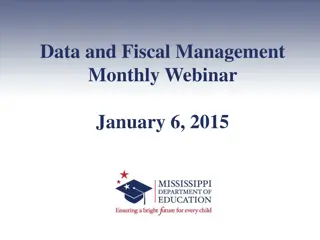Effective Strategies for Writing and Benchmarking IEP Goals
Enhance your understanding of writing measurable IEP goals and implementing effective benchmarking techniques through this insightful professional development video by Dr. Brent C. Elder, an assistant professor at Rowan University. Learn about the importance of annual goals and benchmarks, the benefits of benchmarking IEP goals, guidelines for setting goals and objectives, incorporating Bloom's Taxonomy, and creating SMART goals with clear examples and explanations.
Download Presentation

Please find below an Image/Link to download the presentation.
The content on the website is provided AS IS for your information and personal use only. It may not be sold, licensed, or shared on other websites without obtaining consent from the author. Download presentation by click this link. If you encounter any issues during the download, it is possible that the publisher has removed the file from their server.
E N D
Presentation Transcript
Writing Measurable and Benchmarked IEP Goals Professional Development Video Brent C. Elder, Ph.D. Assistant Professor Interdisciplinary and Inclusive Education Rowan University
Benchmarking IEP Goals What is it? Breaking an IEP goal in an the following: Annual goal (aligned with annual IEP) Benchmark 1 (next marking period) Benchmark 2 (next marking period) Benchmark 3 (next marking period)
IEP Benchmarking Why? Benefits of implementation? Accountability Avoids stagnation Increase clarity Clarity scope and sequence
Goals and Objectives By May 2021 (Annual Goal) By November 2020 (Benchmark 1) By January 2021 (Benchmark 2) By March 2021 (Benchmark 3) Note: Benchmarks can vary by prompting level/level of independence, by skill level (think Bloom's Taxonomy), by criteria (4 out of 10, 6 out of 10, 8 out of 10 ), etc.
Writing IEP Goals is as Easy as ABCDE A= Audience- who B= Behavior- observable act C= Condition- stimulus condition D= Degree- criteria E= Expected date- when
IEP Goal Example: ABCDE Approach By November 2020, when given a second-grade text in his general education classroom, Franklin will be able to retell the story, or explain the main idea with 1 verbal prompt from a teacher or a peer on 8/10 opportunities as measured by a teacher-created data sheet. Behavior: observable act Audience: who Condition Degree or criteria Expected date
A Deeper Dive For a more in-depth explanation of how to write measurable and benchmarked IEP goals, see pgs. 134-137 in Elder, Rood, & Damiani (2018)
References Elder, B. C., Rood, C. E., & Damiani, M. L. (2018). Writing strength-based IEPs for students with disabilities in inclusive classrooms. International Journal of Whole Schooling, 14(1), 116-153.



